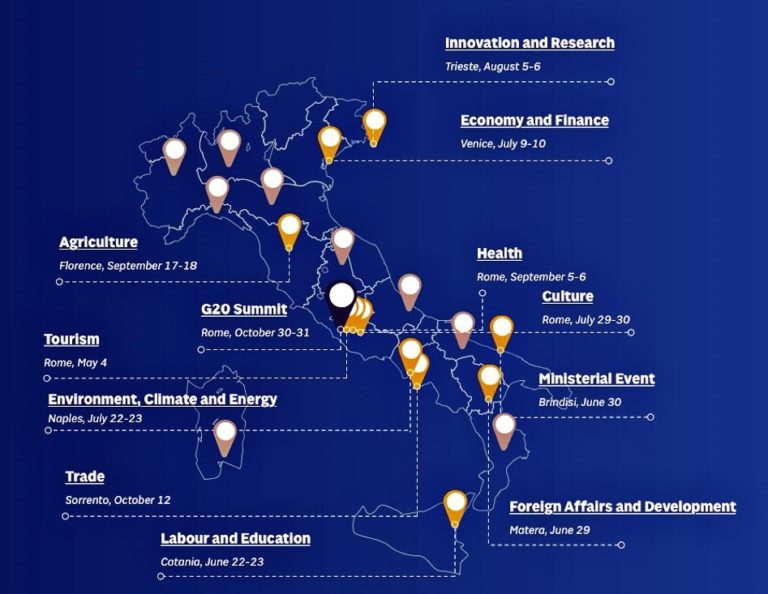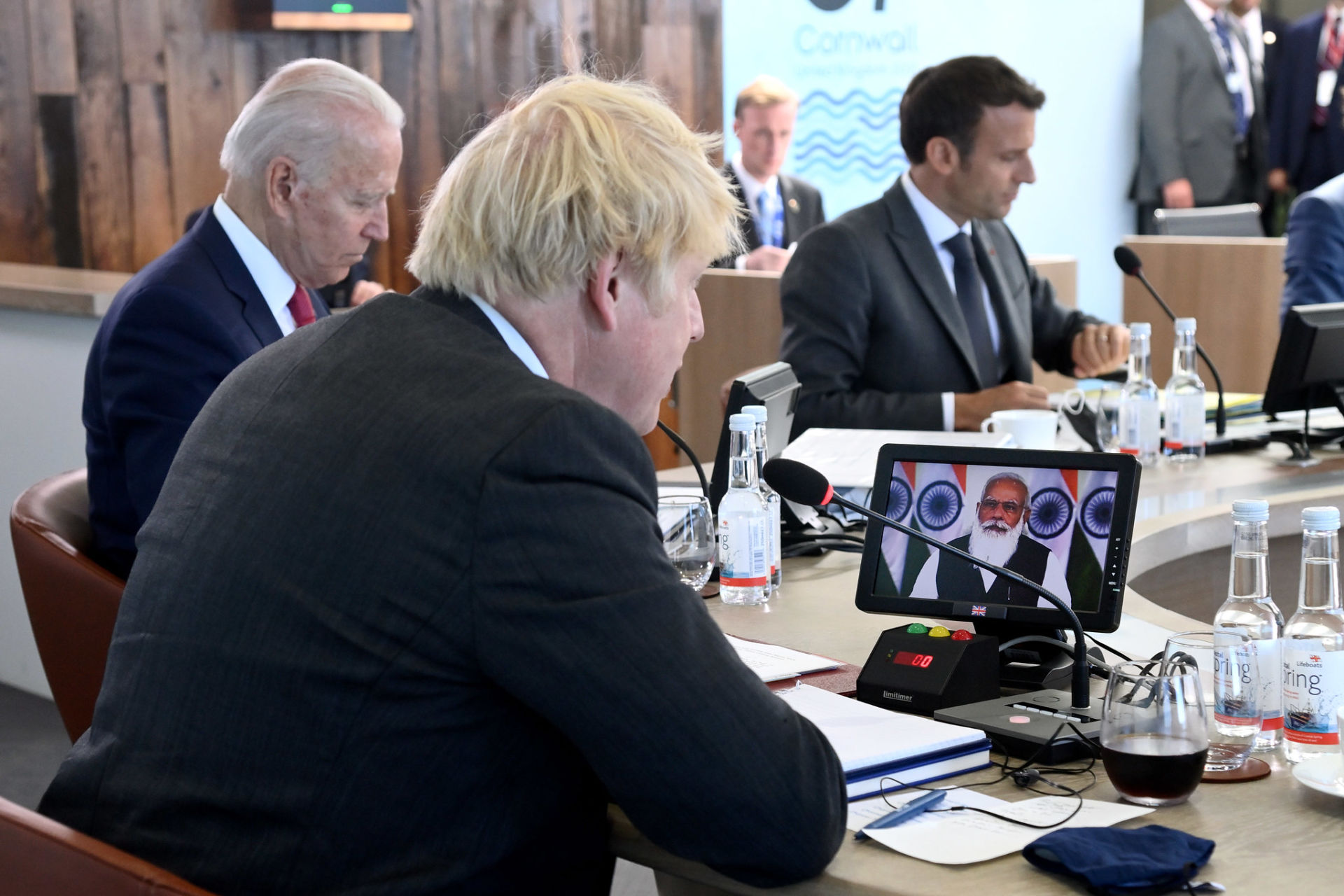Momentous events are occurring in global health, with perhaps the most significant, at least the rhetorical recognition that the interface between animal-human-environmental health is at the crux of our future health. In short, One Health is now recognized by the G7 as critical to everyone’s health, i.e. this is recognition at the highest political levels in developed countries.
What has signaled this new enlightenment is the communiqué by the G7 Ministers of Health, prior to the formal Heads of State gathering and a final communiqué, and the June 13, 2021, formal Carbis Bay G7 Communiqué (as made available by the White House), specifically:
Improving integration, by strengthening a “One Health” approach across all aspects of pandemic prevention and preparedness, recognizing the critical links between human and animal health and the environment
One health’s time will have truly come-“if”, and only “if”, global leaders, rich and poor countries, powerful institutions take the opportunity to open their eyes and their priorities to put very high on their agenda, budgets, and human resources the interactions between animal, human, and environmental health.
The G-7 meeting will be followed by the G-20 meeting in October 2021 (itself preceded by a preparatory ministerial meeting on health issues in September).

The G20 pulls together the global politically important leaders, China and India included, and “if” they can join in concert to make One Health a real part of doing common cause, a new dawn has begun.
Why the sudden focus on One Health now?
It is fair to say that the wisdom of One health has benefitted from the COVID pandemic, which itself has resulted in an unprecedented common cause by the G7 leaders who have already announced support for vaccine financing and grants in the order of one billion vaccines. This is unquestionably a highly welcome act of solidarity with all countries.
But it is the short-term answer: This is looking at the present urgency of containing the spread of COVID-19 and its variants without recognizing that the COVID-19 pandemic is the flashing red light to potential future epidemics or pandemics.
For politicians, it has not been sexy or politic to advocate money for events that have not happened, and certainly not to do so in trying to get high-level consideration and funding to dig deeply into the zoonotic forest and develop the necessary capability to address pandemics. That capability involves two sets of measures: (1) to identify early warning and other needed measures to do the surveillance of potential diseases and (2) build up the capacity to respond to avoid what is now imaginable human health, economic and social disaster.
The scientific pathways to do so have been in plain sight for years, but like many other tools, it remained in the background. Global public health threats and remedies with these linkages, such as smallpox eradication have been documented by leading scientists such as Dr. D.A. Henderson, Dr. Anthony S. Fauci (scroll down), and many others who have long supported and endorsed the “One Health” approach. There have been parallel efforts to raise awareness among young and old, such as in 2008 in the American Journal of Medicine an article entitled “Teaching One Medicine, One Health” by Dr. Laura H. Kahn and others.
Since then several excellent high profile international and national One Health programs have evolved for children and adults. Among them, the health educational project, published in the South Eastern European Journal of Public Health (SEEJPH), One Health for One Planet Education Initiative (1HOPE) led Dr. George Lueddeke. And then there are the numerous activities of proactive organizations such as the One Health Initiative and One Health Commission.
How Can Good Intentions Transit to Results?
The outcome of the G7 meeting is an important and consequential first step in bringing the promise of One Health approach to fruition.
However, the language, statements, and words of support need to be translated into actionable measures, and dedicated funding. At the political level, there must be a readiness to seize this moment and consider concrete pathways to sustained action.
There are, of course, a number of international organization options, and none should be foreclosed. But perhaps there is one that has unique potential. Let me explain.
Thirty years ago, the Global Environment Facility (GEF) was aiming to achieve the goals of the 2015 Paris Climate Summit. By almost all measures it has been a success, with GEF’s mission, structure, resources, and country membership growing significantly over time. It now has 184 member countries, has made over $21.0 billion in grants and mobilized $117 billion in co-financing, and although administratively housed at the World Bank, it is independent of it.
In 2018 the GEF Partnership agreed to a new direction in its work – set out in the Summary of the Negotiations of the Seventh Replenishment of the GEF – to achieve greater results and help to meet rising challenges. In combination with its traditional investments under the Conventions, the GEF is:
- Strategically focusing its investments to catalyze transformational change in key systems that are driving major environmental loss, in particular energy, cities and food;
- Prioritizing integrated projects and programs that address more than one global environmental problem at a time, building on the GEF’s unique position and mandate to act on a wide range of global environmental issues; and
- Implementing new strategies and policies to enhance results, including stronger engagement with the private sector, indigenous peoples, and civil society, and an increased focus on gender equality
The G7 communiqué of June 13, 2021, provides a basis for its members to conditionally pledge to provide $1.0 billion explicitly for One Health operational research, innovative approaches, capacity building, country and regional implementation. It would be a clear demonstration that G7 members are prepared to put earnest money to complement its rhetoric, and do so collectively and collaboratively with all countries.
The aim would be to have a working group develop a concept to present to the G20 in October 2021 in Rome – and do so first at the preparatory Health Ministerial meeting to be held in Rome on 5th and 6th September. The concept should be the subject of G7-G20 discussion, deliberation and negotiation, with the intention to broaden the vision, country inclusion, and engagement.
Conclusion: G7 One Health Vision is First Step
In real estate they say there are four important things to consider, all of them “location”. For our future health and avoidance or containment of untold infectious disease damages, there are parallel four words, all of which are “prevention, prevention, prevention, and more prevention”.
Our most likely threat comes not from us, but 75% of it arises unintentionally from animals, what we have done to them and their habitat. In sum, we need a One Health vision, policy, program, and resources for all. The G7 meeting provides a crucial step in doing so: Let us hope that is just the beginning.
EDITOR’S NOTE: The opinions expressed here by Impakter.com columnists are their own, not those of Impakter.com. Featured image: G7 Leaders and Guests Plenary Session on Health, Cornwall, UK on 12th June 2021. Source: Photo by ©Karwai Tang/G7 Cornwall 2021 (UK Government website)









